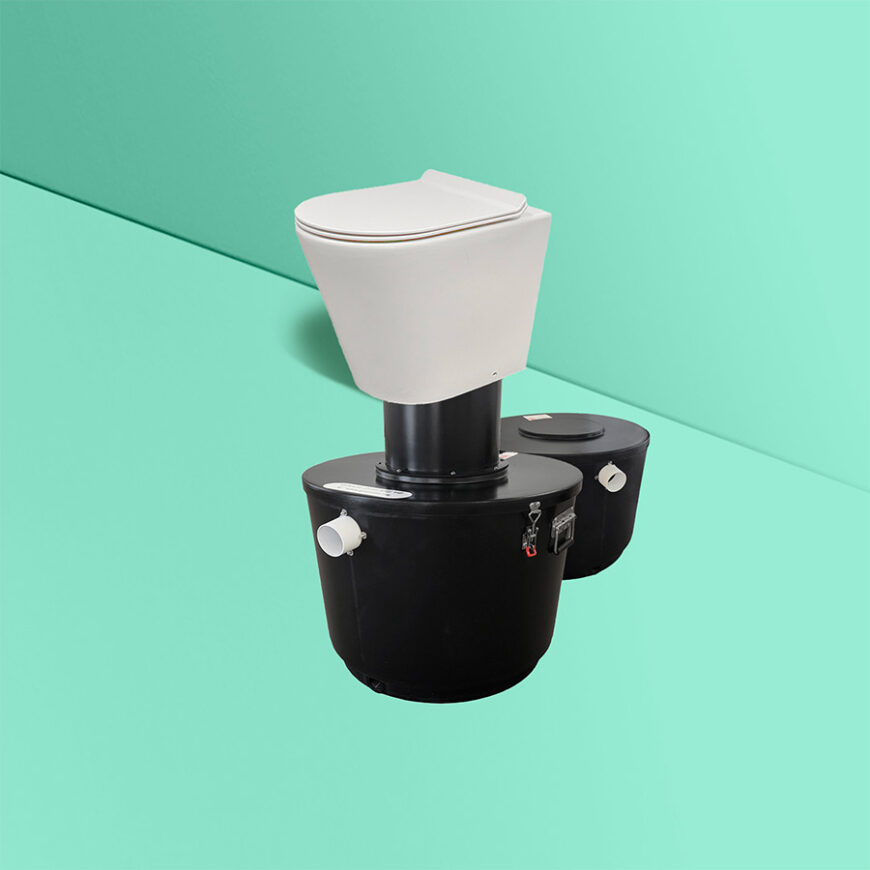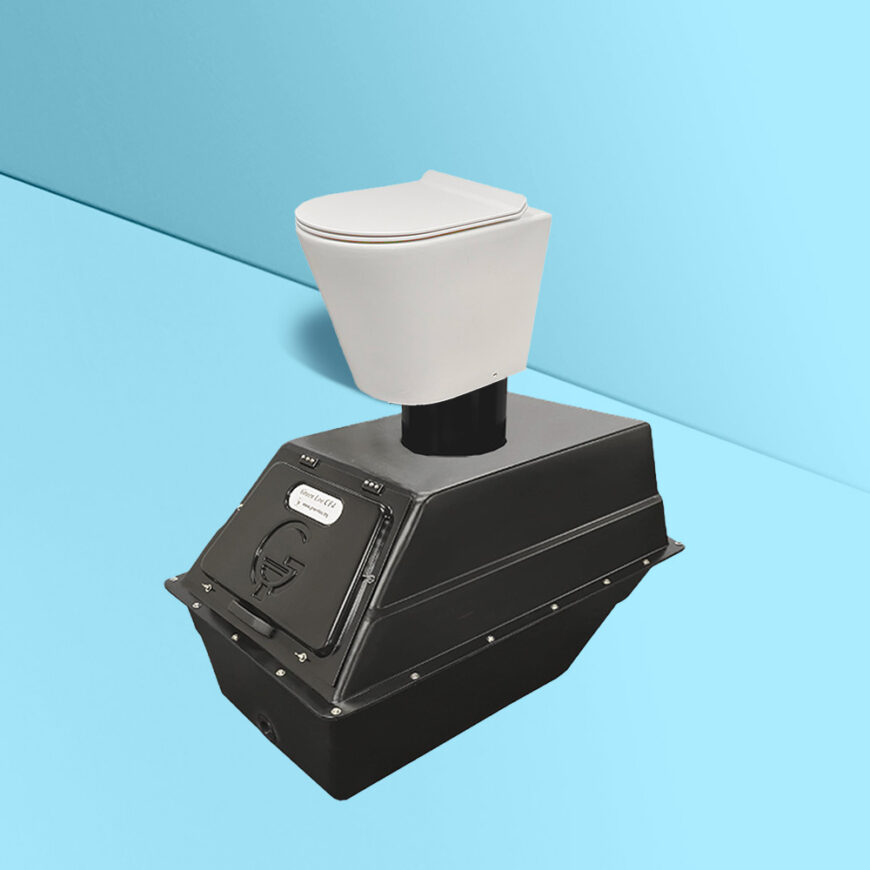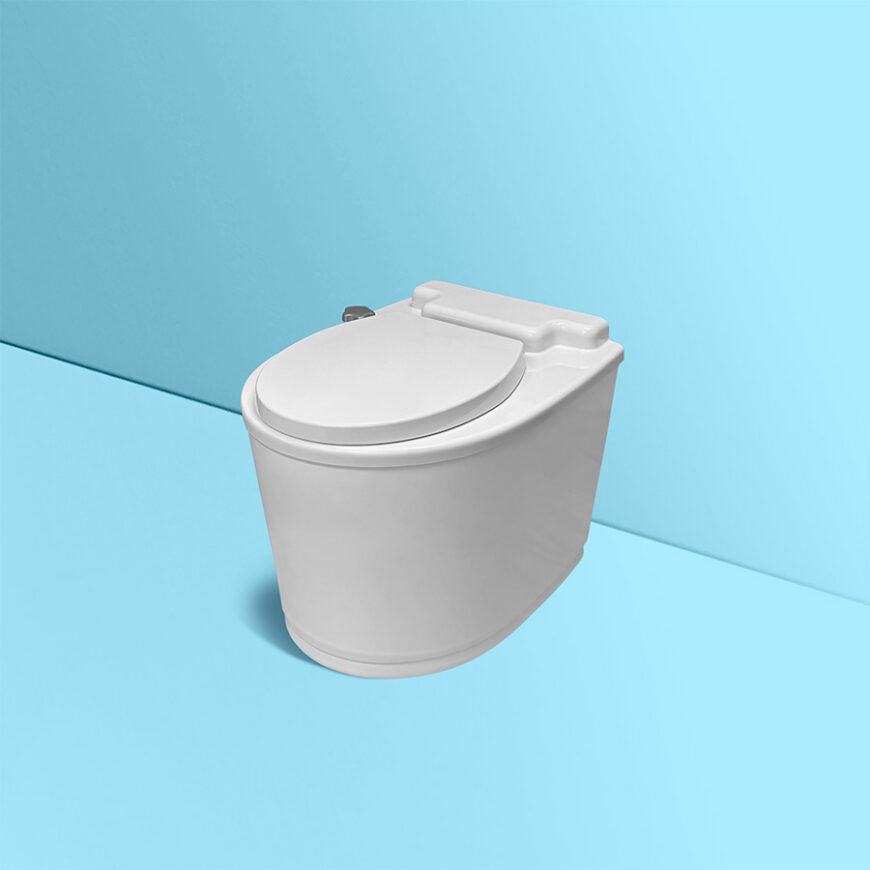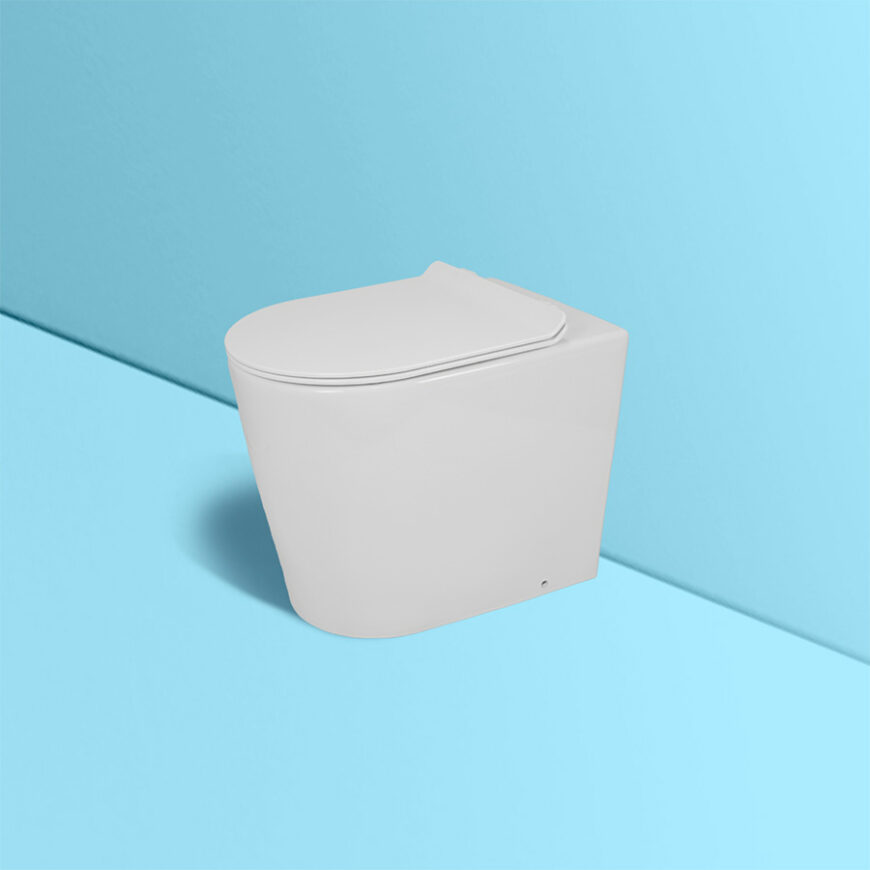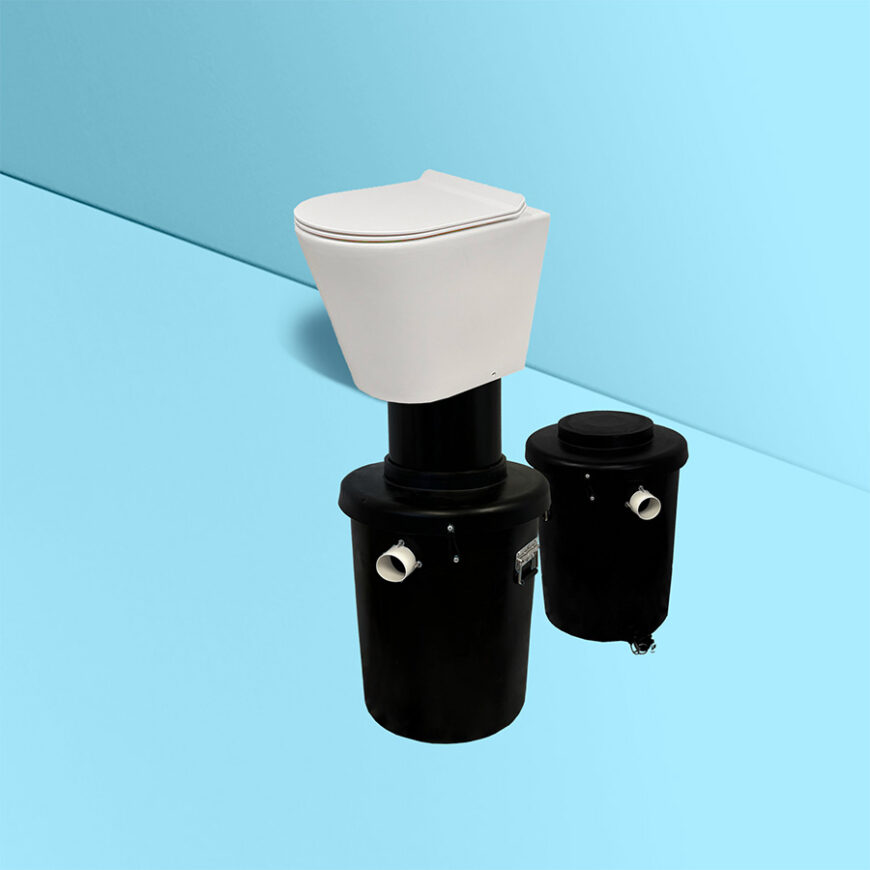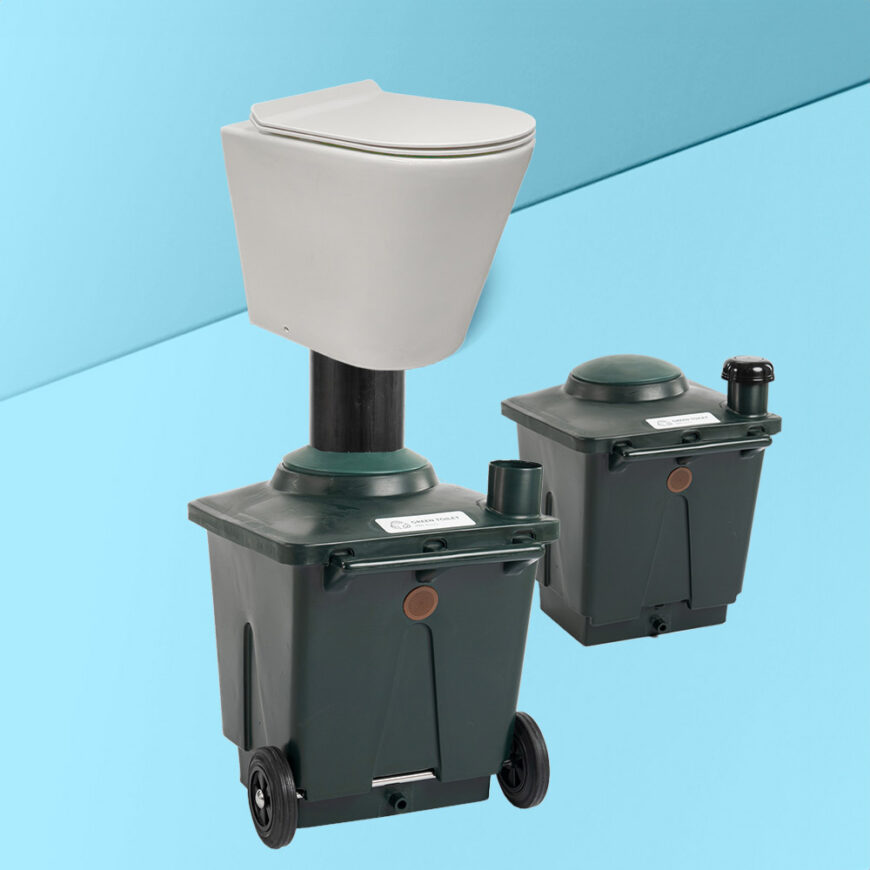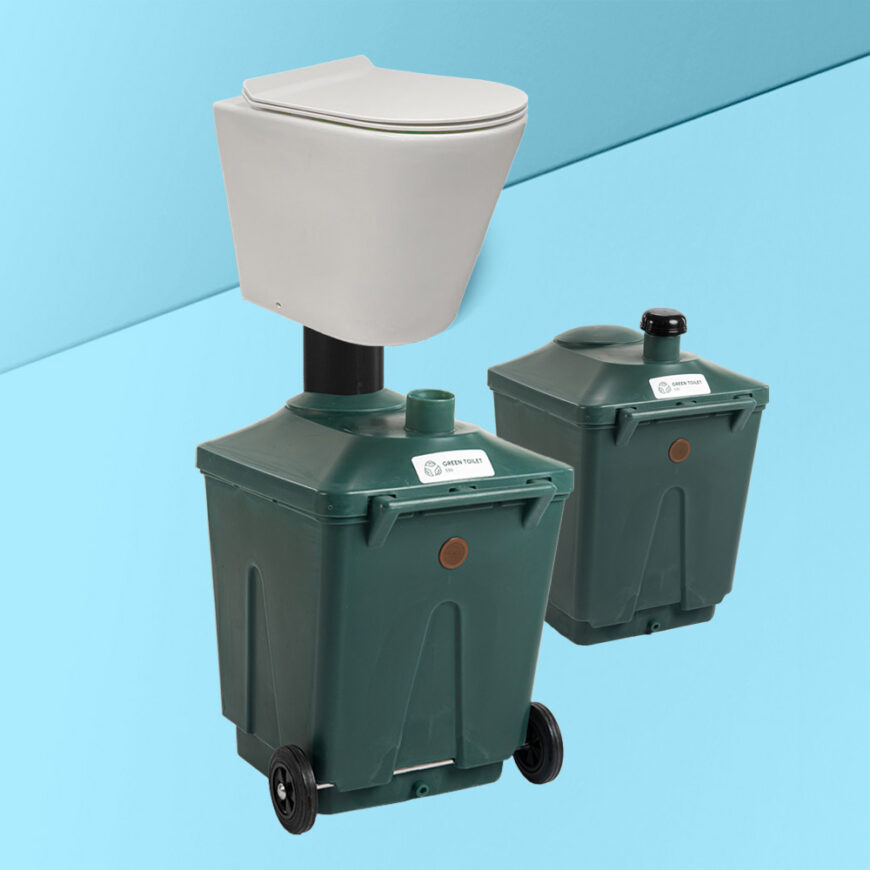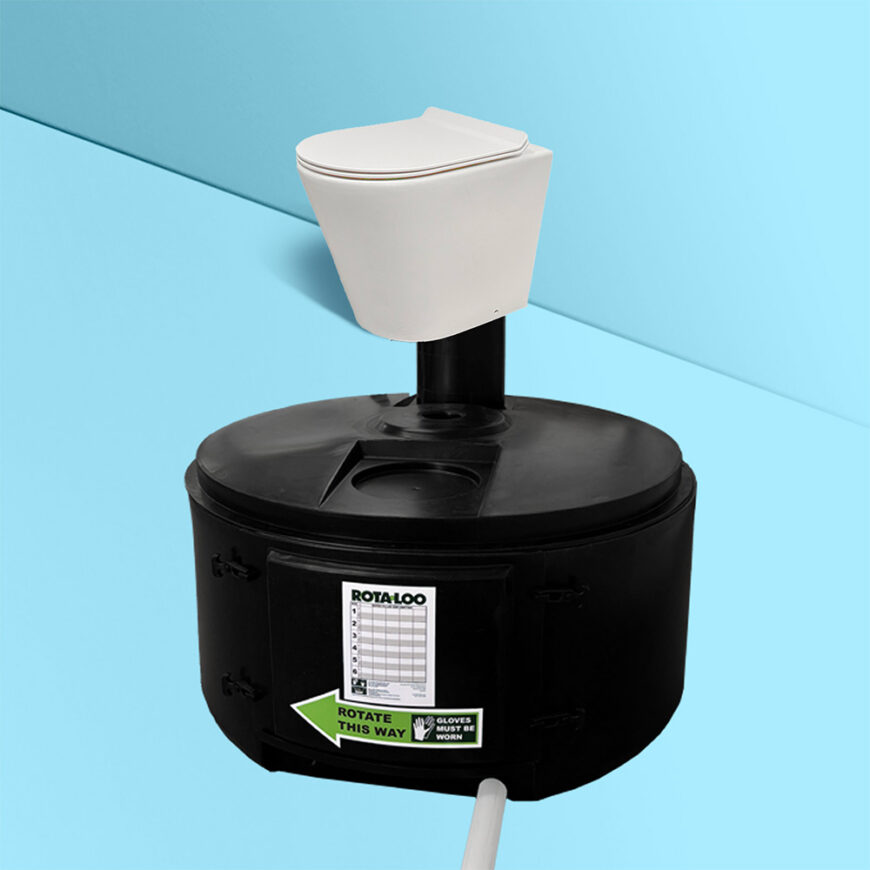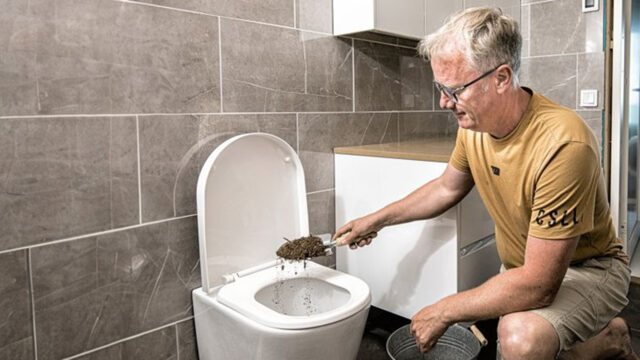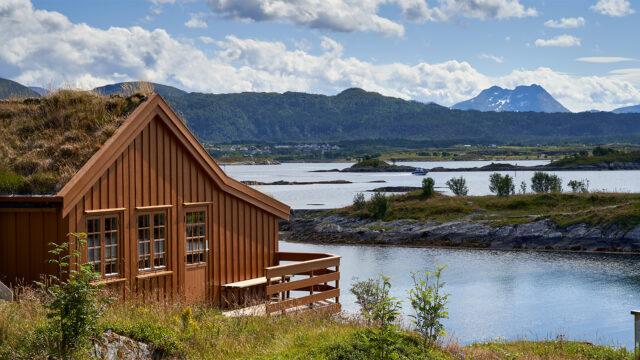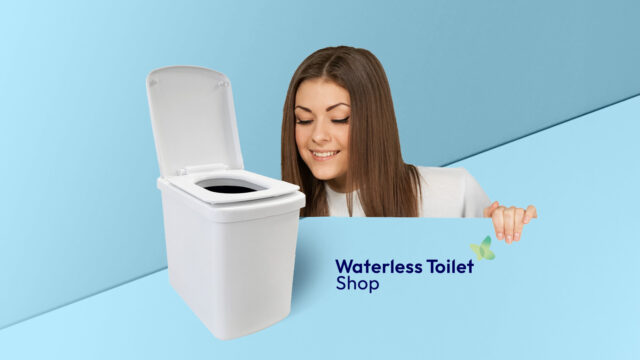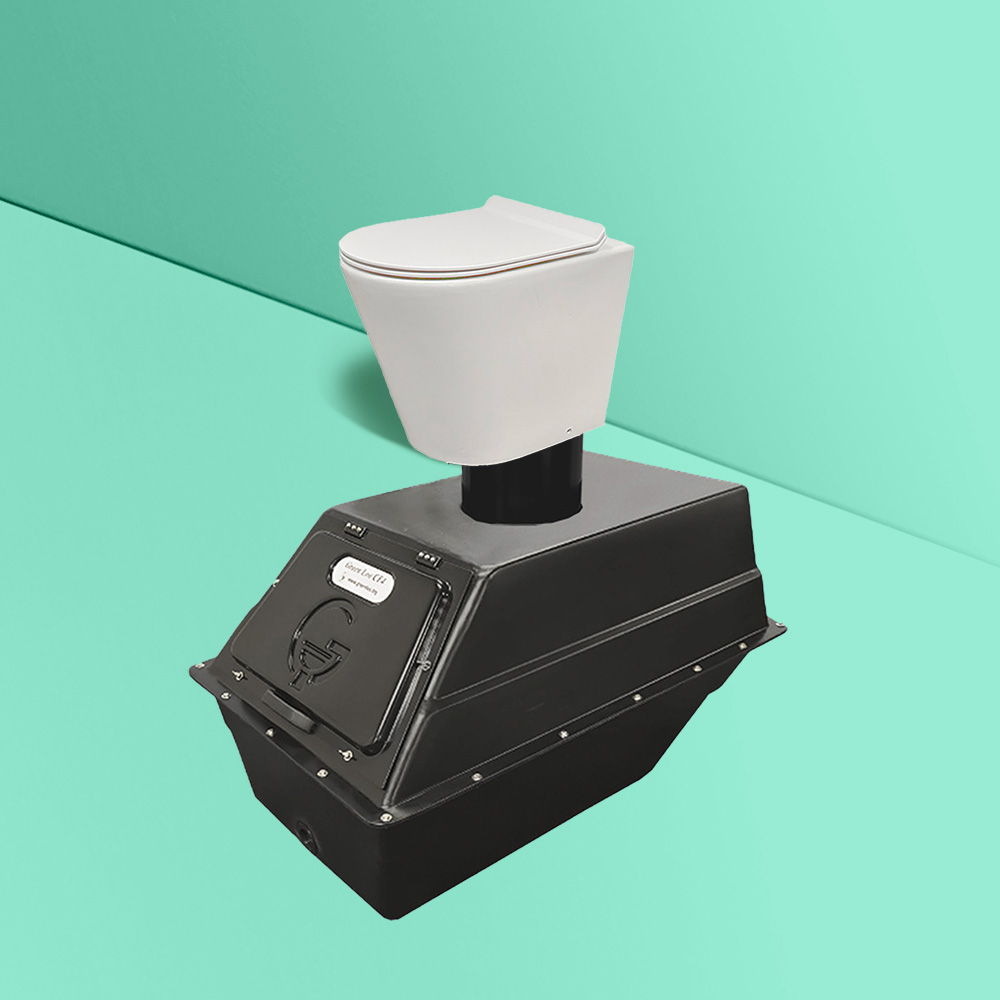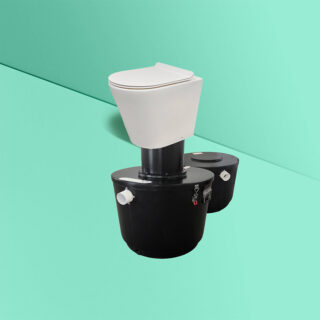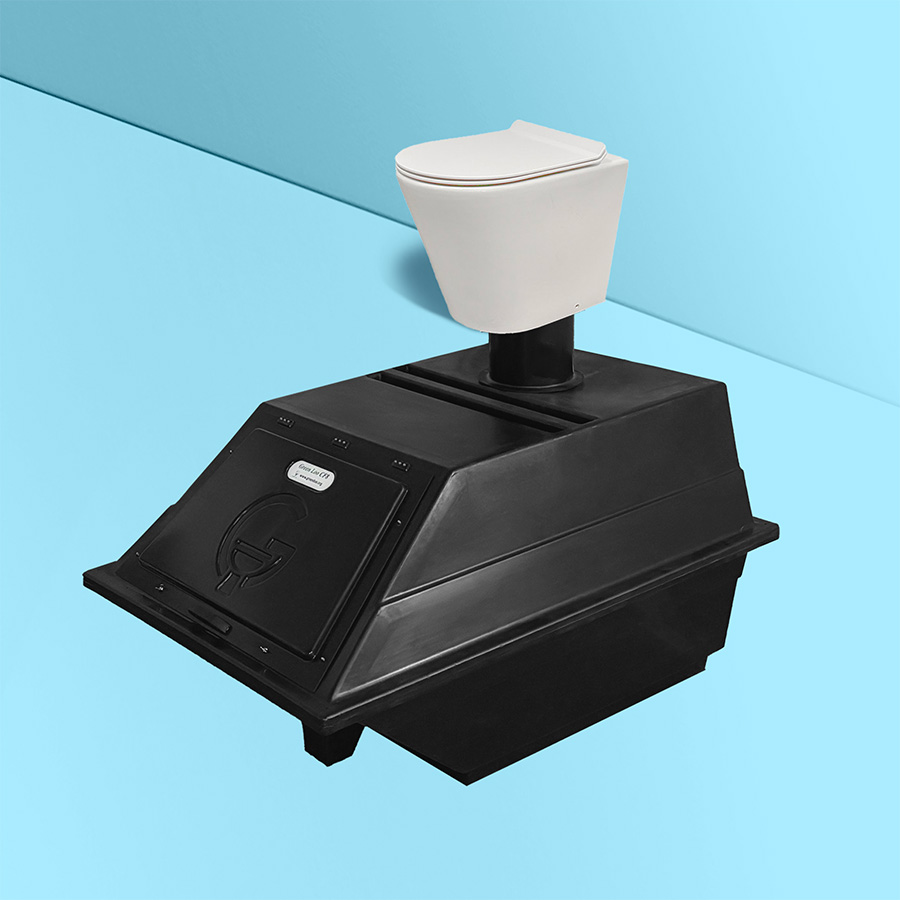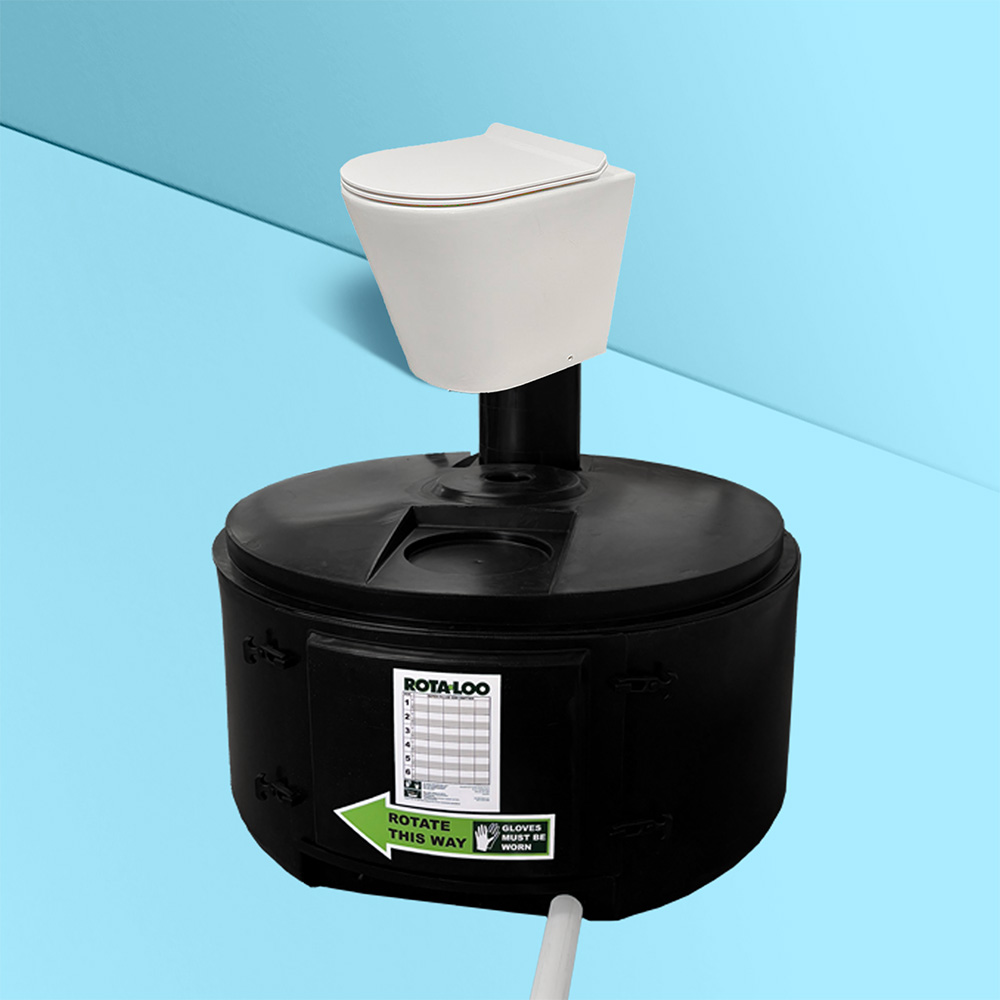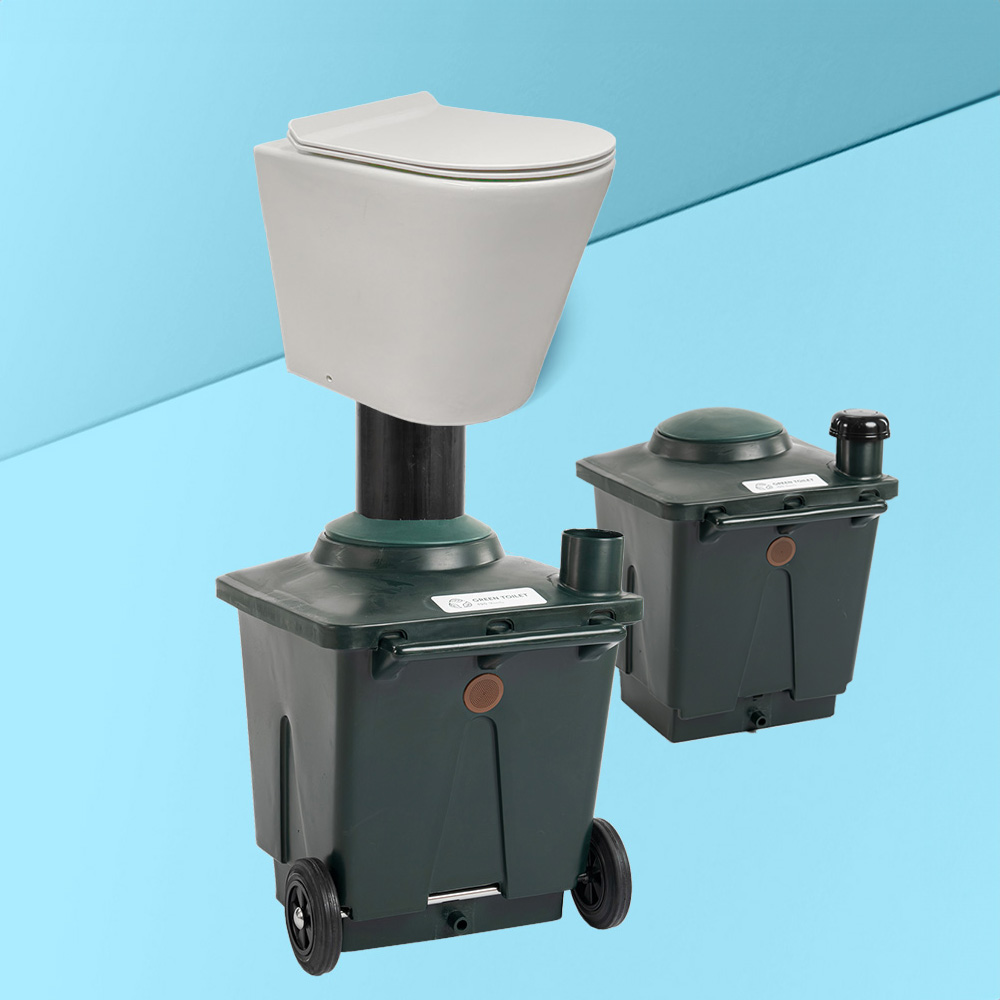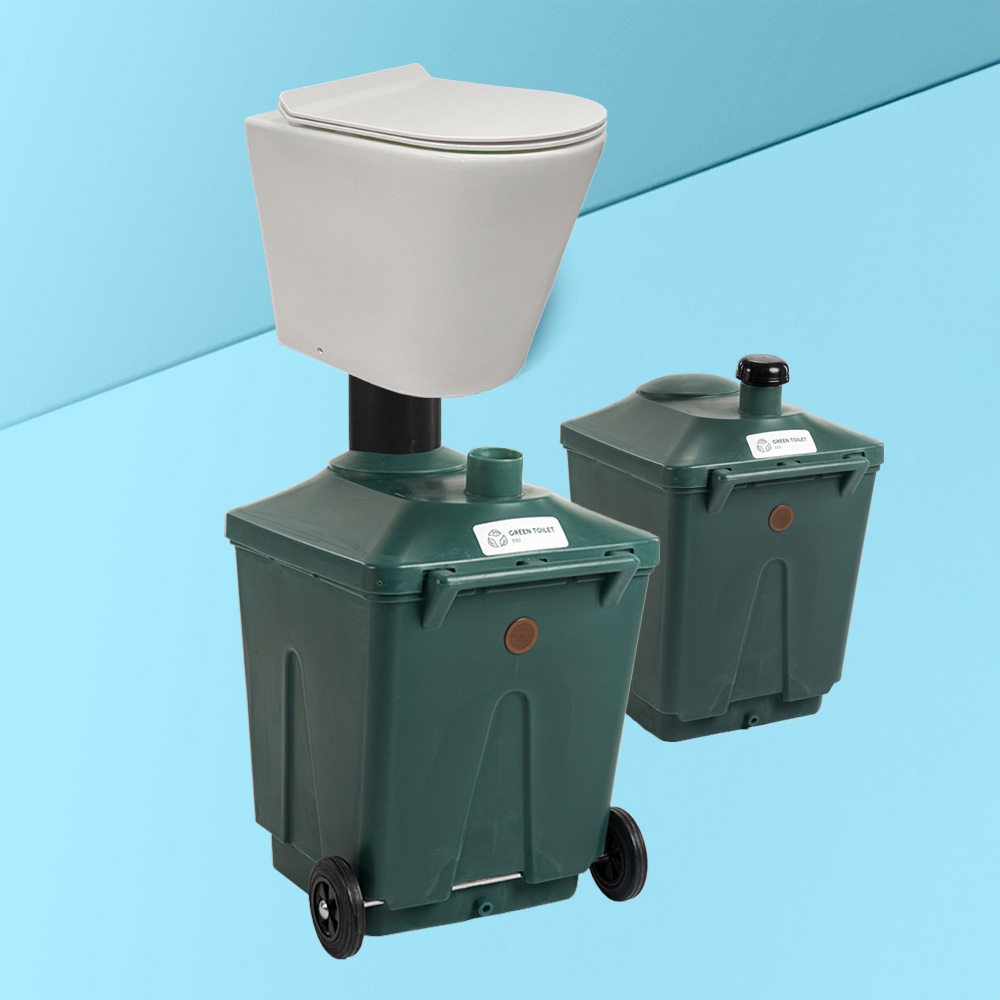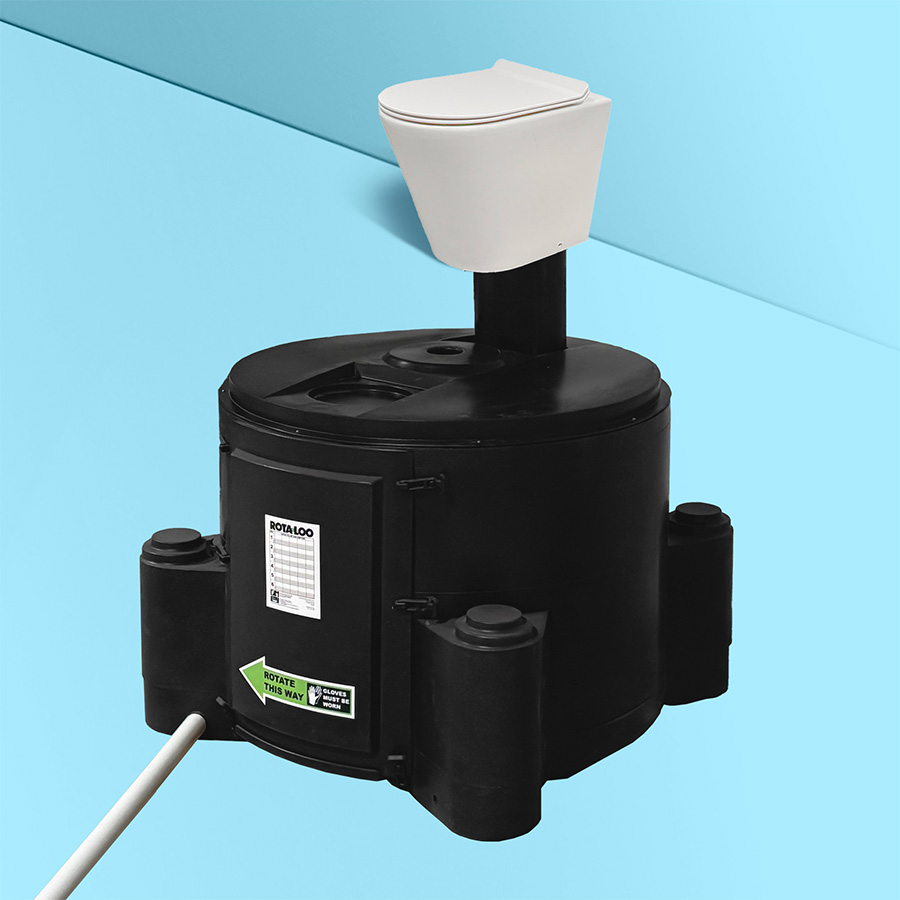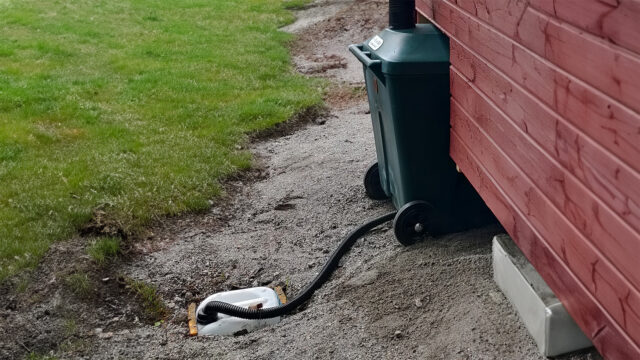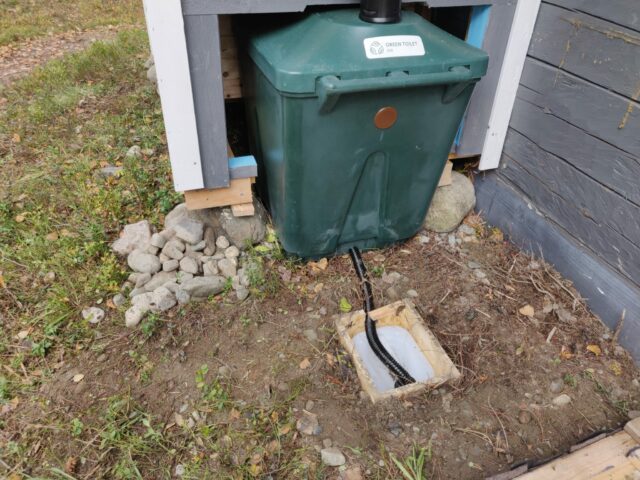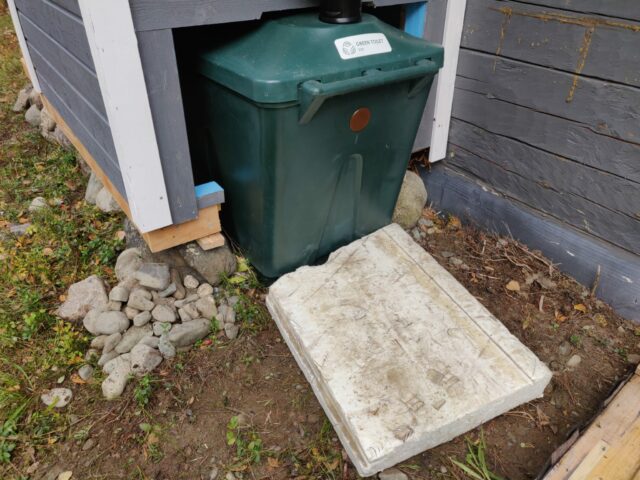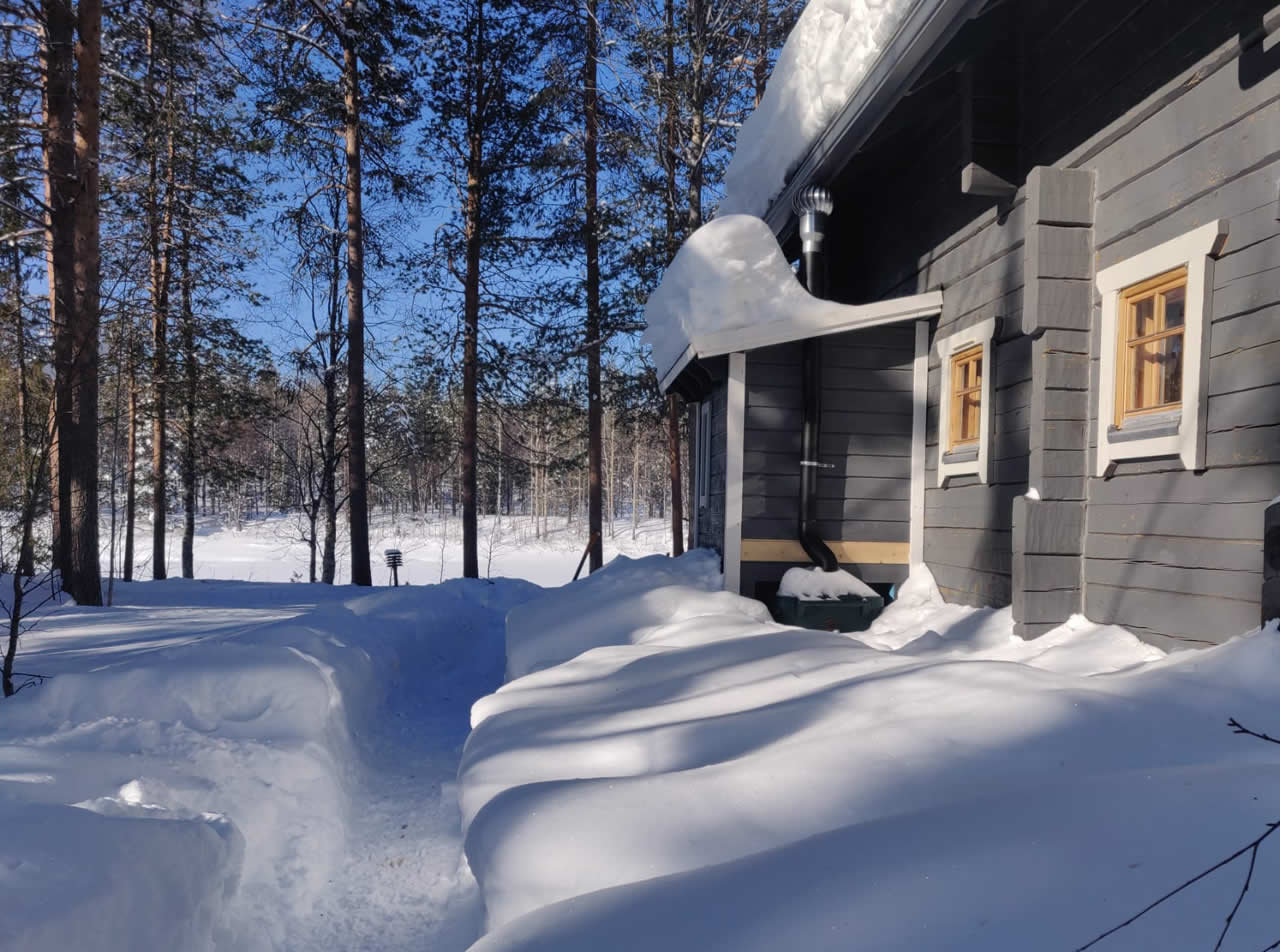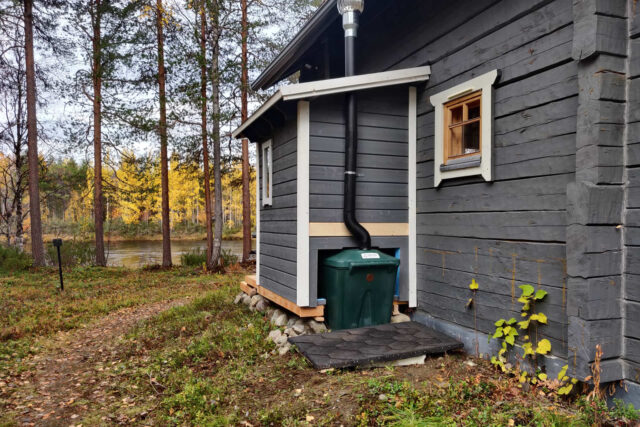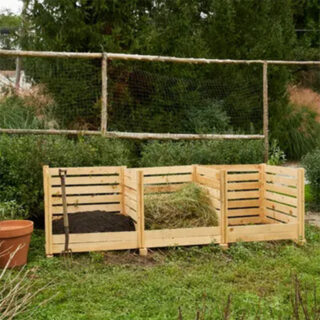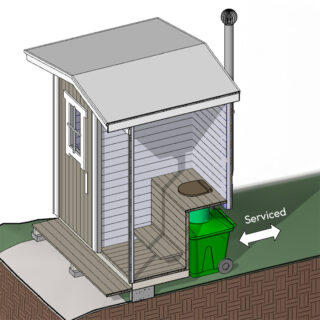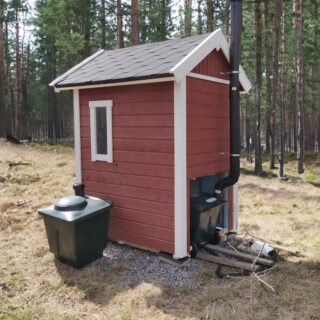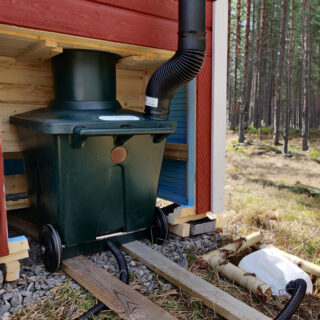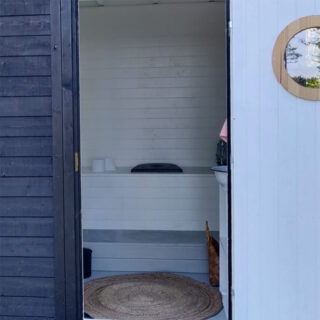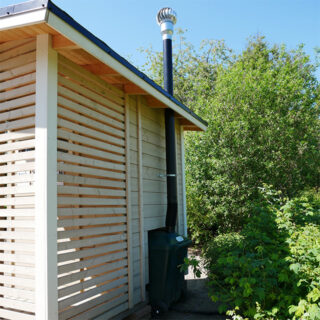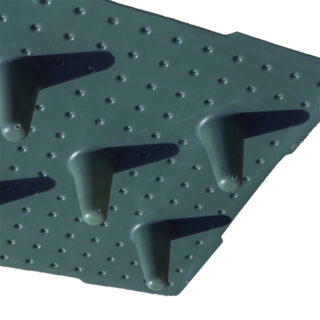Why We Don’t Provide Incinerating Toilets at Waterless Toilet Shop
Incinerating toilets are marketed as high-tech, waterless solutions that turn human waste into clean ash using high temperatures. In theory, it sounds ideal: insert a paper liner, use the toilet, push a button, and later dispose of a small amount of sterile ash. Understandably, from time-to-time people contact us asking why we don’t offer these systems in our store.
Here’s why.
High Energy Consumption
The majority of human waste—liquid and solid—is made up of water (around 80–90%). Burning that water away requires a surprising amount of electricity. Most incinerating toilets on the market consume between 1,500 and 2,500 watts while running. That’s as much or more than an average space heater—and usage adds up quickly. The energy demands increase further if the ash pan isn’t emptied regularly.
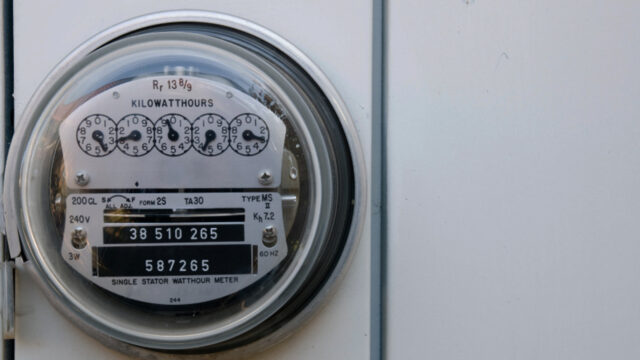
Odor and Venting Issues
It might come as a surprise, but burning human waste doesn’t exactly smell good. These systems require a properly installed vent pipe to channel smoke and odor outdoors—but even then, the exhaust doesn’t always disappear harmlessly into the air.
Depending on wind direction, that odor might head straight to your patio, garden, or your neighbor’s yard. We’ve heard stories where this led to tension in close-knit cabin communities. It’s a point worth considering before making a purchase.

Complex Maintenance and Repairs
Today’s incinerating toilets are packed with electronics: sensors, timers, heating elements, and safety systems. That means regular servicing, error codes to interpret, and sometimes the need to ship the unit off for repairs.
If your cabin or off-grid home is hours away from the nearest technician, this can quickly turn into a real headache. And during a power outage—when a simpler waterless toilet would still work—you’re left with no functioning toilet at all.
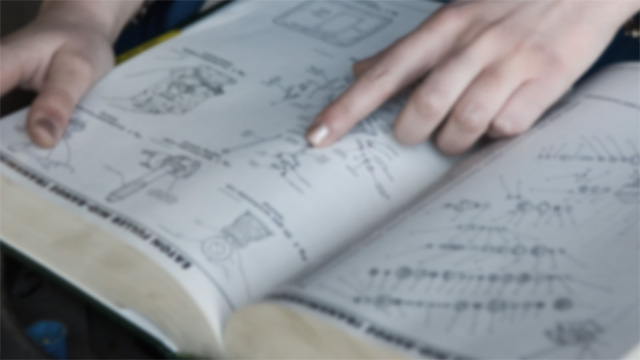
Environmental Concerns
This was the biggest reason for our decision.
When waste is incinerated, it’s gone—including all the nutrients. Valuable elements like phosphorus, which is in limited supply worldwide and essential for food production, are lost forever. Composting toilets, on the other hand, preserve these nutrients and return them to the soil in a safe and responsible way.
If sustainability is important to you—as it is to us—this matters.
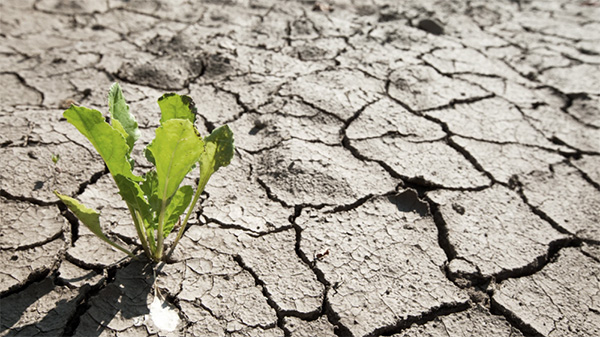
What to Choose Instead?
There are excellent alternatives. Depending on your setup, you might consider:
- A composting toilet with a porcelain seat for indoor use
- A separating or batch composting system for frequent use
- A simple waterless toilet with bulking material for seasonal cabins
We offer options that are odor-free, off-grid–ready, and require very little electricity—or none at all. In fact, modern composting toilets look just like regular ones, and you’d be surprised how comfortable and easy they are to use and maintain.
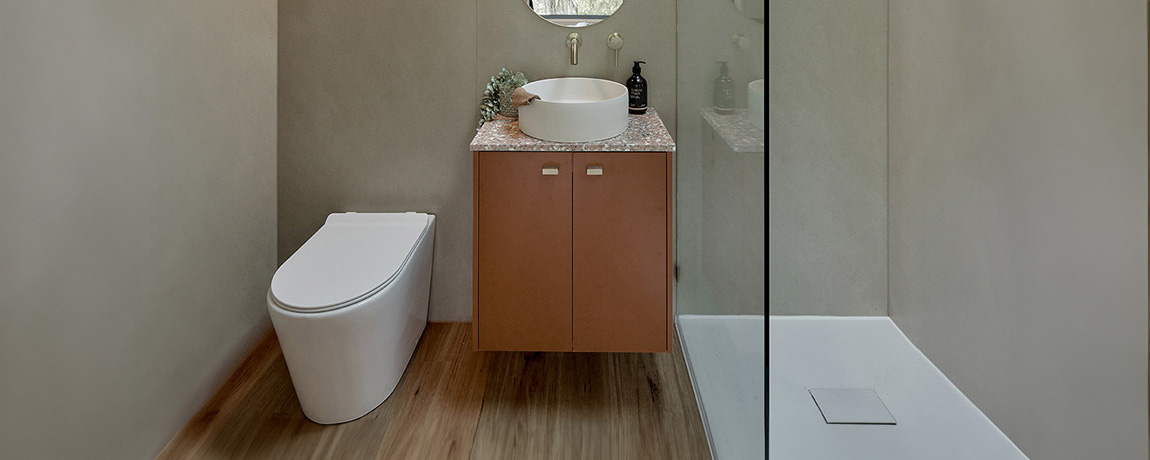
Final Thoughts
Because we work with off-grid toilet systems every day, we feel a responsibility to provide honest guidance. If you still feel that an incinerating toilet is right for your situation, we simply recommend keeping a backup plan—such as a composting outhouse or dry toilet—especially in case of power failure or increased use during peak seasons.
We’re here to help you find the right solution for your needs—and the planet.
📱(702) 328 0689
✉ info@waterlesstoiletshop.com


